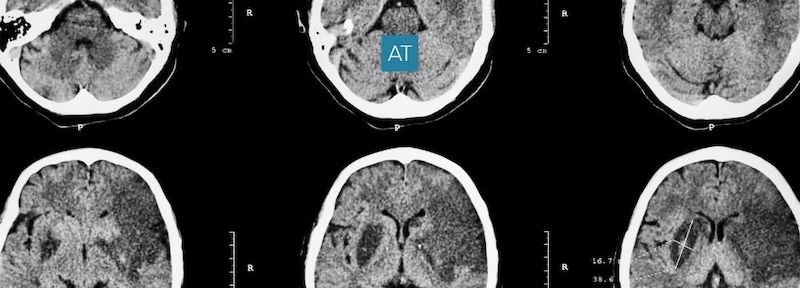Stroke
Now is as good a time as any to prepare yourself by knowing the signs and symptoms of stroke. This is especially true if you have atrial fibrillation or Afib which increases the risk of stroke by up to five times. We all know how devastating a stroke can be, both for the patient themselves and their caretaker. While some do recover from a stroke, knowing the signs and getting treatment early reduces the likelihood of significant long-term complications and even death.
It is important to understand what exactly a stroke is. A stroke occurs when a blood clot or plaque from an artery dislodges and travels to the brain. As the blood vessels get smaller, this impediment can occlude the blood vessel entirely. The part of the brain fed by this blood vessel begins to die very rapidly, hence the need for immediate care. Fortunately, today we are more prepared and able to treat strokes than ever before. With that said do not delay if you believe you are having a medical emergency.
The FAST Acronym for Stroke
To increase awareness of the symptoms of stroke and what to do, we have an acronym – FAST. This includes the three most common signs of a stroke as well as what to do.
- F is for face drooping – If one side of the face droops or becomes numb or if the patient has an uneven smile.
- A is for arm weakness – If, when the patient lifts both of their arms over their head and one arm seems weak or tends to drift downward
- S is for speech – is the patient slurring their words and having trouble forming them?
- T is for time – in other words call 911 immediately or get them to the nearest ER
Not All Stroke Symptoms Are the Same
While the above represent the most common stroke symptoms, strokes can have wide ranging effects throughout the body. Some patients develop severe headaches without a discernible cause. Others may have trouble with their vision, coordination issues, dizziness, or balance. Some patients may also develop numbness on one side of the body. Ultimately, regardless of the cause, these symptoms should be evaluated by an emergency room immediately.
It is important to understand that TIA or Transient Ischemic Attack, often referred to as mini strokes, are brief, but represent a significant warning sign for an impending major stroke. If you or a loved one experience what you believe to be a TIA (the symptoms of a stroke that go away within a short period of time), be sure to go to the hospital right away. It is estimated that upwards of 12% of major strokes are preceded by a Transient Ischemic attack.
While we all hope to never experience a stroke, it is possible and significantly more likely for patients who suffer from certain arrhythmias and especially Afib. Be sure to speak to your primary care physician, cardiologist, or electrophysiologist. to understand more about how to prevent stroke now and in the future.
Dr. Tordini is a part of Florida Medical Clinic Orlando Health

